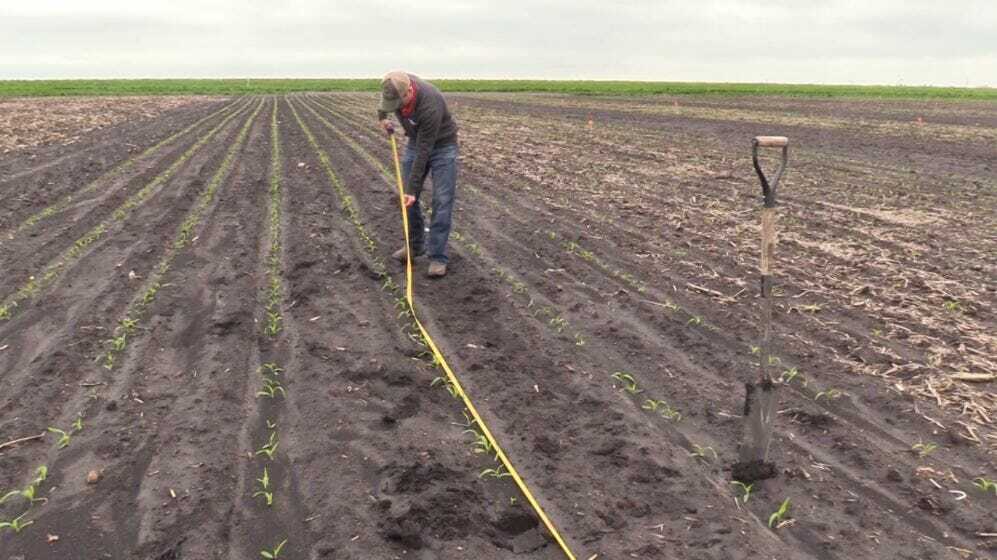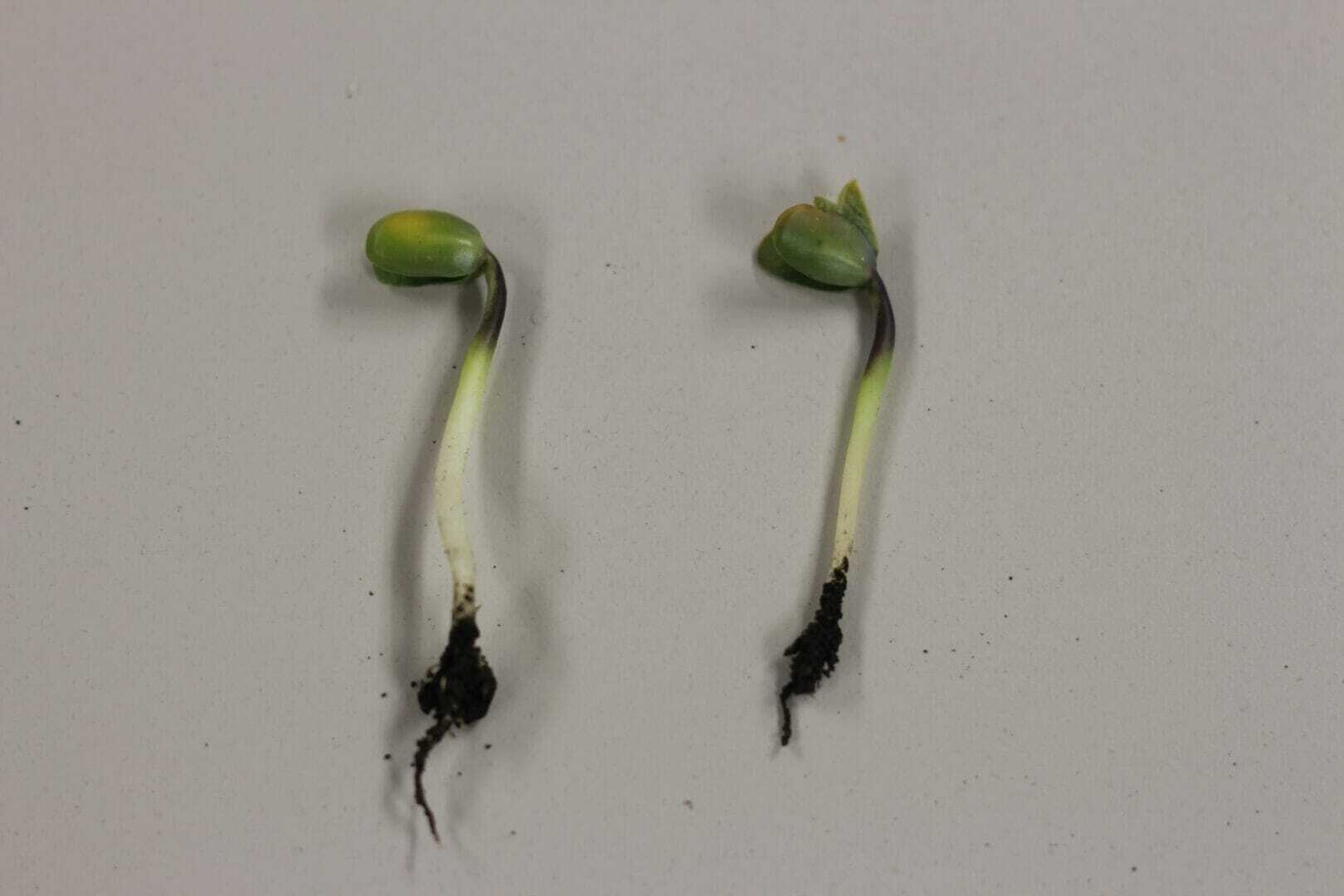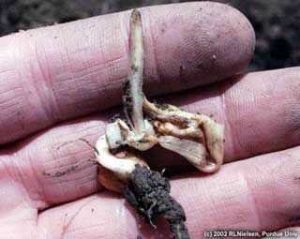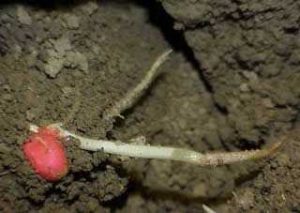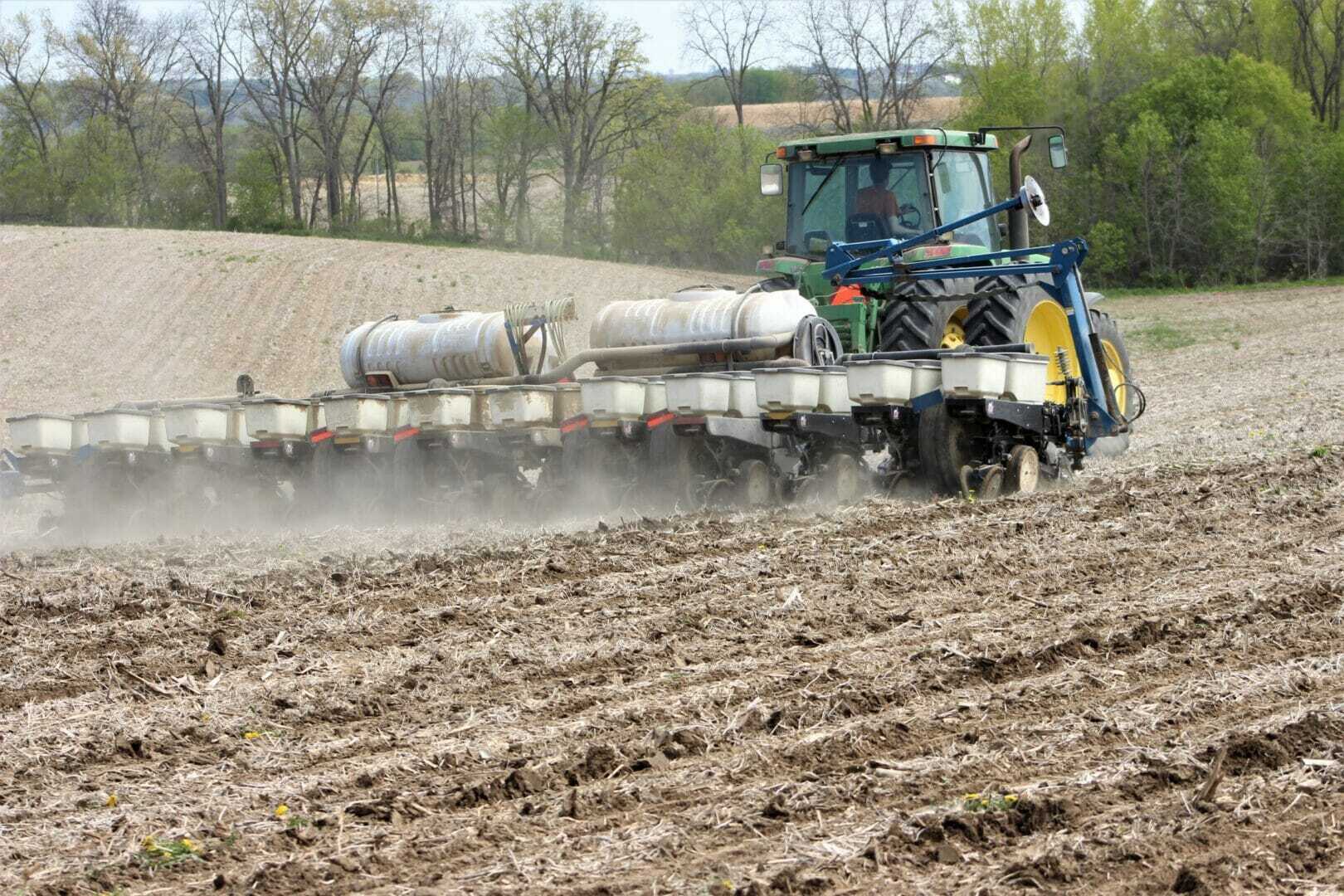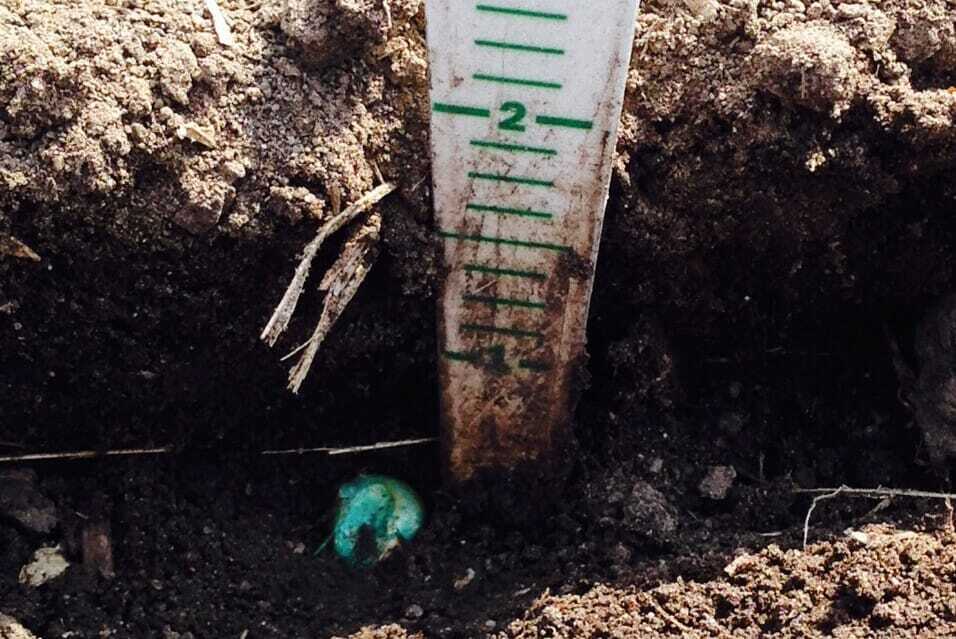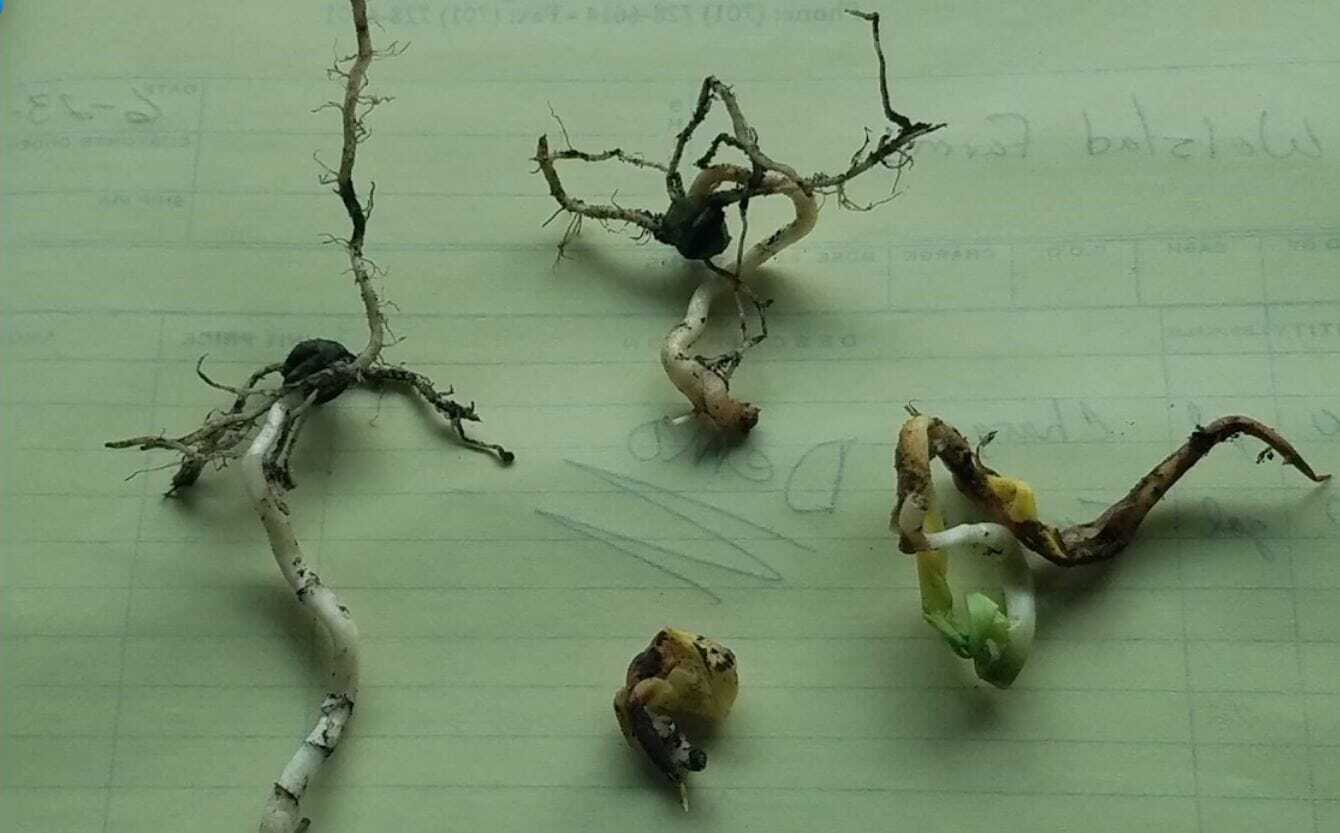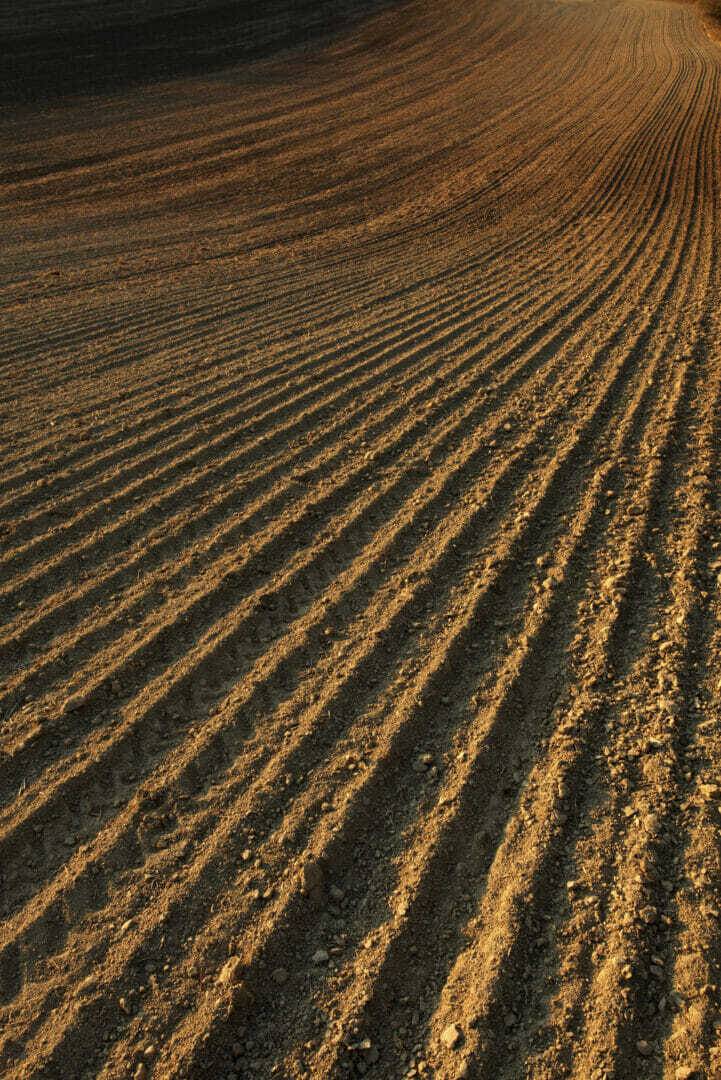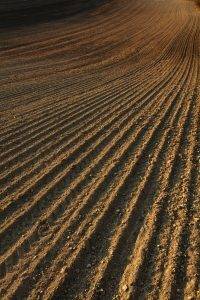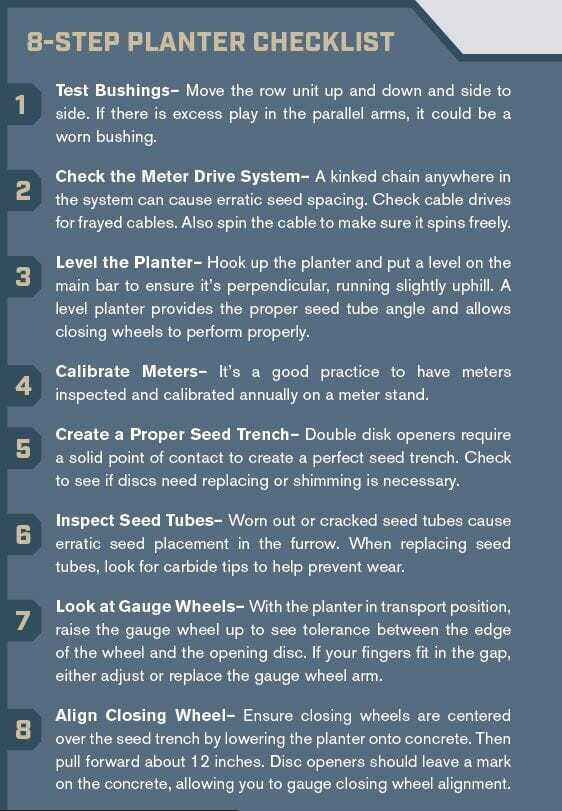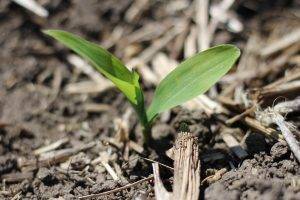 Latham Hi‑Tech Seeds takes great pride in the seed quality that goes into every bag of Latham® seed. You have a great opportunity to observe this first-hand each spring as you watch your crops emerge.
Latham Hi‑Tech Seeds takes great pride in the seed quality that goes into every bag of Latham® seed. You have a great opportunity to observe this first-hand each spring as you watch your crops emerge.
Looking at fields as they emerge can help you gain valuable information to use later in the year. Here are a few steps for you to consider making this growing season:
- Take the time to walk your own fields and make notes on what you see for each hybrid.
- Note early vigor and growth from high-quality Latham brand seed.
- Spend some time early in the growing season, noting differences you see between hybrids.
- Contact your Latham Representative to find plots in your area that you can visit to observe emergence.
Determining a hybrid’s uniformity of emergence is so important. The actual stand versus planting rate carries some weight in overall yield, but uniformity of emergence carries the greatest burden of producing top yields. Fields that have all plants emerging in a 24- to 36-hour period will produce the highest yields. Plants that emerge a week later than the first plants will not produce at the same level.
A North Dakota State Crop and Pest report from June 7, 2018, shows corn plants that emerge five to 10 days after the first plants will yield only 65% of the yield of the first emerged plants. Kansas State research shows that a two-leaf stage delay of 1 in 6 plants caused by uneven emergence can result in as much as a 4% yield reduction.
Key notes to take when looking at emergence timing:
- Seedbed uniformity
- Trash removal from seed furrow area
- Uniformity of seed depth
- Differences you can note on same hybrid under different field conditions
Your spring observations help tell the story on late-season standability, variability in flowering, and variability in maturity. Early season observations allow you to obtain valuable information. Taking a little time for this will pay huge dividends in understanding end-of-the-year results.

